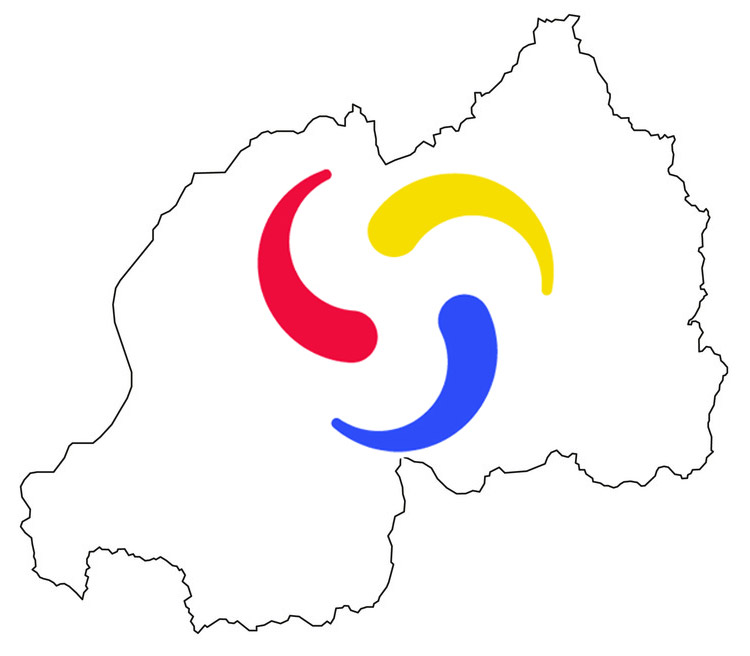
Malaria
Malaria
The Malaria, Neglected Tropical Diseases and Other Parasitic Diseases Division (MOPDD) is a technical division with key role in Malaria, Neglected Tropical Diseases (NTDs) and Other Parasitic Diseases (OPDs) Prevention, Diagnosis and Treatment countrywide.
Despite the continued malaria burden increase since 2012 in almost all 30 districts of Rwanda, good results were registered in the reporting period July 2020-June 2021. With the end of this reporting Fiscal Year 2020-2021, malaria incidence in Rwanda reduced from 198 per 1,000 person per year in FY2019-2020 to 114 per 1,000 (41% reduction) while the National Slide Positivity Rate (SPR) dropped from 44% in FY2019/2020 to 27% in FY2020/2021.
Uncomplicated malaria cases dropped from 2.5M cases in FY2019/2020 to 1.5M cases in FY2020/2021 (40% reduction) with currently 54% of these cases managed at community level.
Severe malaria cases reduced from 4,358 cases in FY2019-2020 to 2,592 severe cases in FY2020/2021 representing 40% decrease in severe malaria.
The number of deaths due to malaria decreased significantly from 167 in FY2019-2020 to 96 deaths in FY2020-2021 (42% reduction).
During the same period, a total of 284,588 LLINs were distributed to pregnant women out of 362,301 who attended the first visit of antenatal care (78,5% of coverage) while 243,249 LLINs were distributed to children under one out of 340,296 children of nine month attending MR1(74,3% of coverage).
Regarding the universal coverage of households, a total of 1,329,888 rectangular LLINs were distributed to the
districts not covered during mass distribution conducted in the last fiscal year. These include 235,684 LLINs IG2 Nets distributed in Rusizi district and 1,094,204 Standard LLINs distributed in Gisagara, Huye, Rwamagana, Kayonza, Gatsibo and Bugesera districts.
The number of Indoor Residual Spraying (IRS) districts fully sprayed in the FY 2020/2021 remained 12 compared to the FY 2019/2020 (Nyagatare, Kirehe, Bugesera, Gatsibo, Ngoma, Kayonza, and Rwamagana in Eastern Province; and Huye, Nyanza, Gisagara, Ruhango and Kamonyi in Southern Province) plus 8 high burden sectors of Rusizi District sprayed as an outbreak control strategy. In these targeted IRS Districts, a 99.5% coverage (1,308,889 out of 1,315,822 structures were sprayed) was achieved with a total population of 5,043,795 out of 5,070,129 protected (99.5%) from malaria.
About NTD, we conducted the first mass decentralized deworming campaign whose operational costs were owned by the country -Rwanda being the first country to own total operational costs of Mass Drug Administration in the Sub-Saharan Africa. This was possible through decentralization and integration within existing health and non-health platforms at village and school levels.
The coverage of Mass Deworming against Schistosomiasis and Soil Transmitted Helminthiasis-STH (including Ascaris lumbricoides, Trichuris trichiura and Ankylostoma duodenale and americanus) was >95% in the targeted population. Furthermore, the first community-based and all age groups inclusive mapping survey for STH and Schistosomiasis was conducted showing that adults (16years and above) are most affected by STH with 48% of prevalence compared to School Aged Children -SAC (5-15years old) with 41% and Pre-SAC with 31% of prevalence respectively. These findings immunological findings showed that 132 villages (44%) among 300 villages surveyed had the prevalence of 10% and above (range 10-56.7%). When applying the prevalence to cells adjacent to surveyed villages (surrounding water bodies), we found that 1016 cells are in need of Mass Drug Administration.
